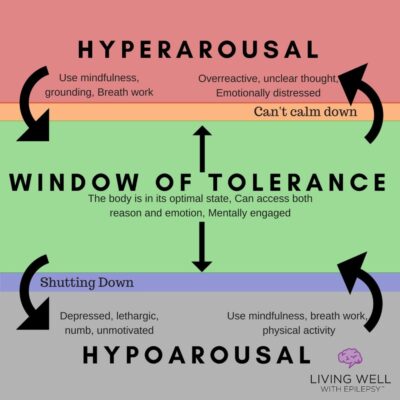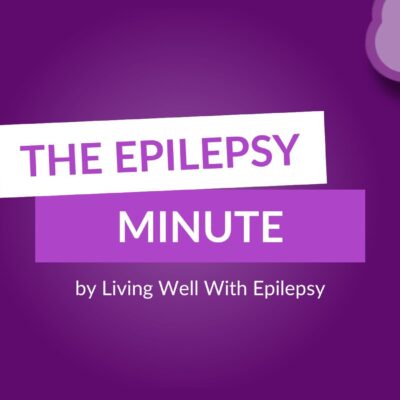 I’ve been living with epilepsy for decades. And Living Well With Epilepsy has been around since 2009. So every once in a while I need to remind myself that people are newly diagnosed every day, and not everyone is as familiar with epilepsy. I thought it was worth taking a moment to revisit a few epilepsy basics for anyone who might be newly diagnosed or a loved ones newly initiated into the world of epilepsy.
I’ve been living with epilepsy for decades. And Living Well With Epilepsy has been around since 2009. So every once in a while I need to remind myself that people are newly diagnosed every day, and not everyone is as familiar with epilepsy. I thought it was worth taking a moment to revisit a few epilepsy basics for anyone who might be newly diagnosed or a loved ones newly initiated into the world of epilepsy.
This story is part of the Epilepsy Blog Relay™.
Does having a seizure mean you have epilepsy?
Having a seizure does not necessarily mean that a person has epilepsy. According to the ILAE’s report revising the clinical definition of epilepsy, which was published in 2014:
Epilepsy is a disease of the brain defined by ANY of the following conditions
- At least two unprovoked (or reflex) seizures occurring less than 24 hours apart
- One unprovoked (or reflex) seizure and a probability of further seizures similar to the general recurrence risk (at least 60%) after two
unprovoked seizures, occurring over the next 10 years - Diagnosis of an epilepsy syndrome
Epilepsy is considered to be resolved for individuals who had an age-dependent epilepsy syndrome but are now past the applicable age or those who have remained seizure-free for the last 10 years, with no seizure medicines for the last 5 years
Read the full ILAE ReportWhat are the symptoms?
Symptoms can vary greatly from simple staring spells to violent shaking and are associated with different types of seizures. The types of seizures people experience are dependent on the part of the brain affected and the inciting cause of epilepsy. Typically, the type of seizure is similar to the previous seizure experienced. However, it is true that seizures can also evolve, meaning they can grow from affecting one portion of the brain to affecting the whole brain. Some people report experiencing “auras” prior to each seizure and some may feel a tingling sensation, undergo emotional changes, or smell some absent odors.
New to Epilepsy
If you are new to epilepsy and looking for some basic information, I hope you found this helpful.
Don’t miss tomorrow’s story in the Epilepsy Blog Relay™.









Leave a Reply